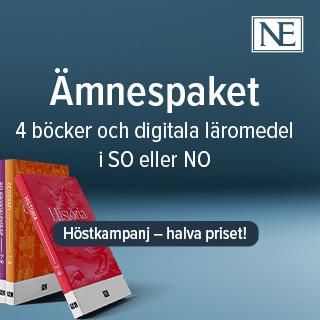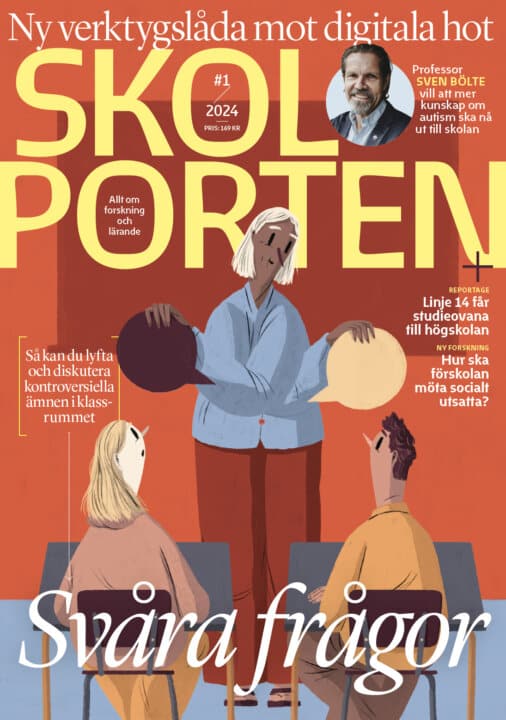På rak sak. Om ordförbindelser och konventionaliserade uttryck bland unga språkbrukare i flerspråkiga miljöer.
Julia Prentice
Inger Lindberg
Maria Wiktorsson
GU – Göteborgs universitet
2010-09-10
På rak sak. Om ordförbindelser och konventionaliserade uttryck bland unga språkbrukare i flerspråkiga miljöer.
Word combinations and conventionalized expressions among adolecent language users in multilingual environments.
Institutionen för svenska språket
Word combinations and conventionalized expressions among adolecent language users in multilingual environments.
The overall aim of the thesis is to investigate and describe the use and mastery of different types of phraseological units and conventionalized expressions in the language of adolescents in multilingual environments. The thesis comprises three studies focusing on different aspects of phraseology in relation to first and second language acquisition, development and use. The studies have been carried out mainly from a cognitive perspective. The first study focuses on deviation from standardSwedish in adolescents use of phraseological units. Data from the SUF-project (Language and language use among adolescents in multilingual urban settings) have been analyzed in relation to standard Swedish reference data and compared to a constructed variety, rendered in a novel placed in a Swedish multiethnic setting. In the novel deviations from standard Swedish were found to be mostly lexico-grammatical, whereas the authentic data appears to be more complex and deviate both on a lexico-grammatical and a semantic-pragmatic level. The second paper reports on a study on the use of figurative word combinations and their degree of conventionalization in written data from the SUF-project. The results support the initial hypothesis that the frequency and types of figurative expressions in the participants texts can, at least to some degree, be linked to the participants linguistic background. L1 students use more conventionalized figurative word combinations than L2 students, whereas modifications of conventionalized figurative expressions are more frequent in the L2 students texts. The study also shows that the students create novel figurative word combinations based on a great variety of source domains. The third study focuses on the mastery of Swedish conventionalized expressions among adolescents with various linguistic backgrounds. Complementary data have been collected by means of a survey that contains four tests focusing on various aspects of the mastery of conventionalized expressions. The quantitative results show that L1 students reach significantly higher test results than L2 students. Furthermore, L2 students with an early age of onset reach significantly higher results than the later L2 learners. Thus, age of onset appears to be an important factor for the participants mastery of conventionalized expressions in Swedish, a conclusion that is also confirmed by the qualitative analysis of part of the data.
Relaterade länkar

Fritidshem
 Åk F–6
Åk F–6 Matematikångest
 Åk 4–Vux
Åk 4–Vux 






